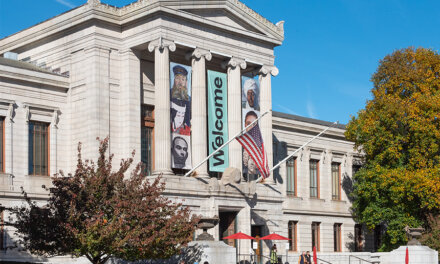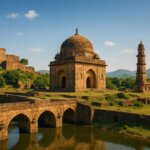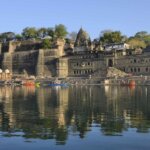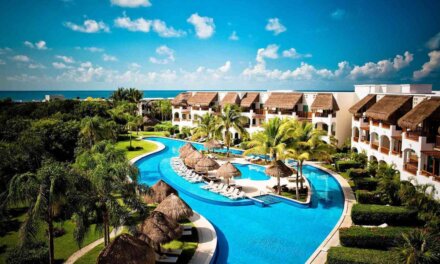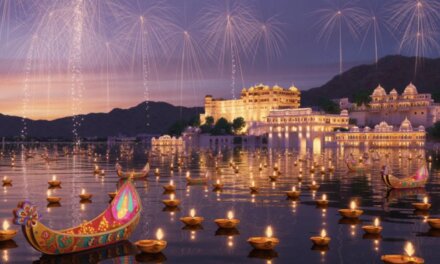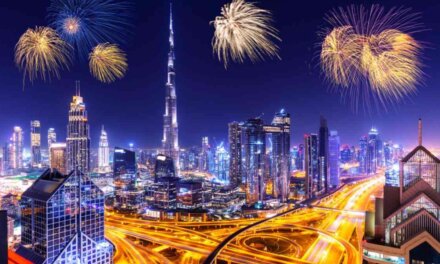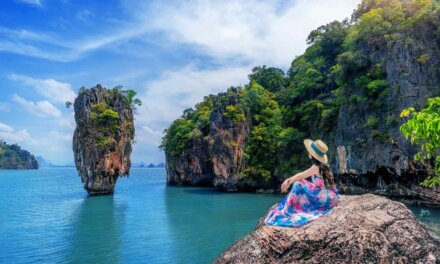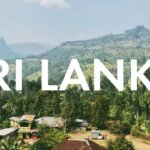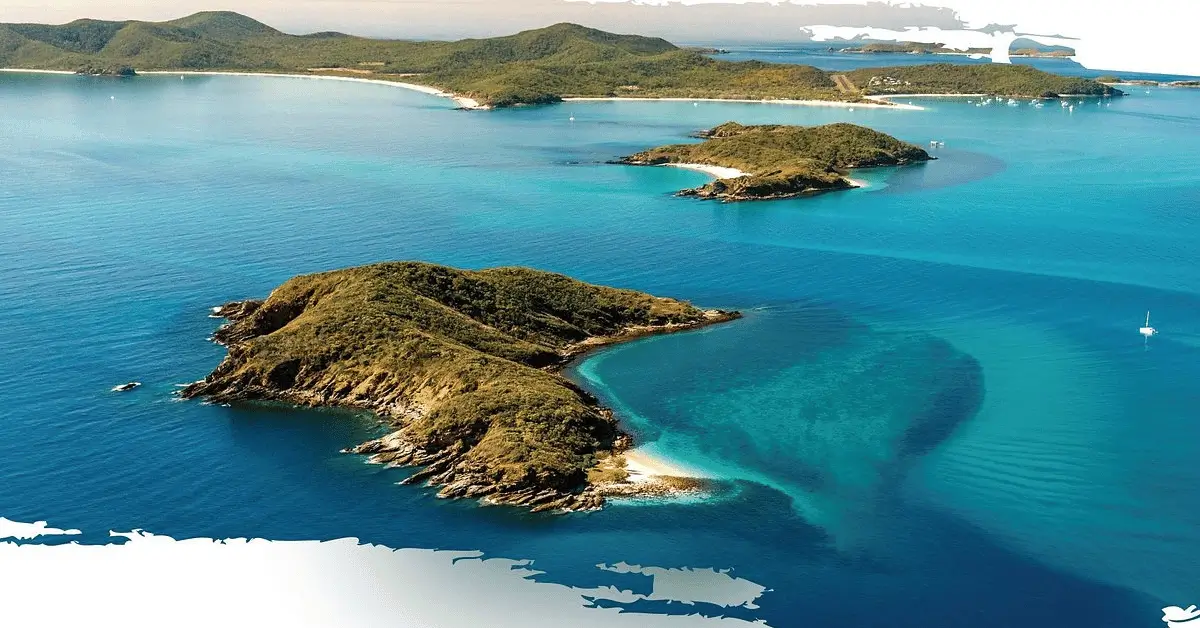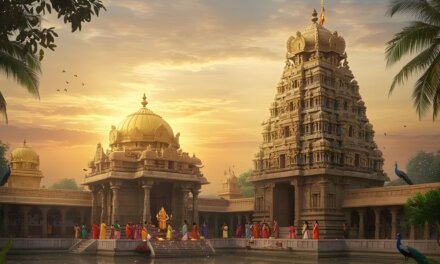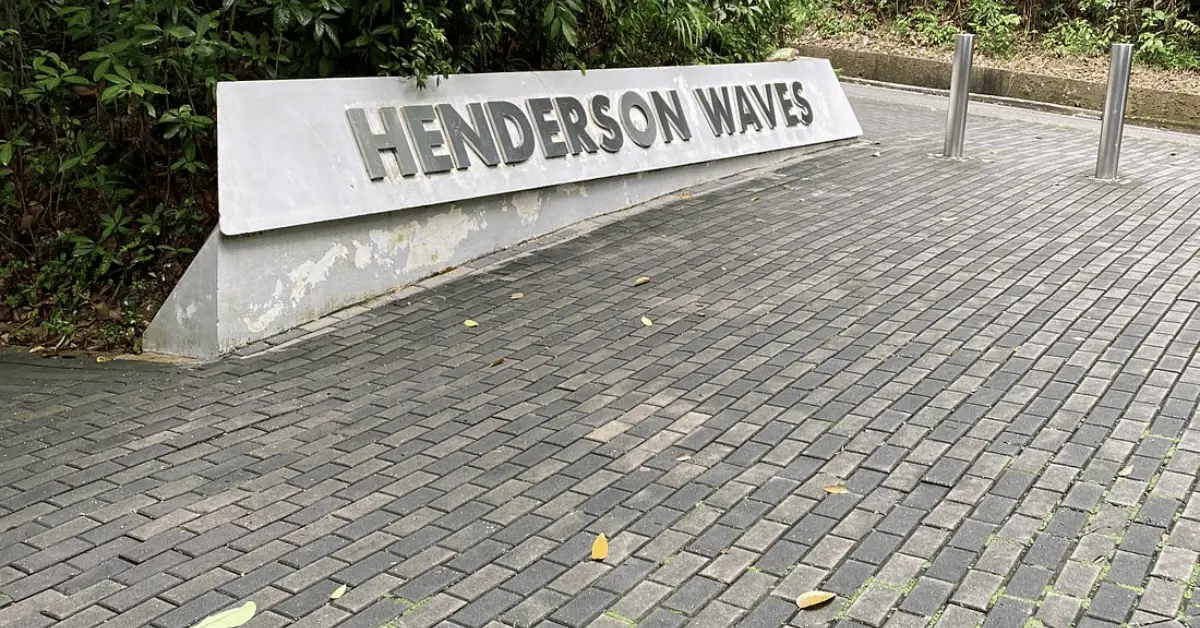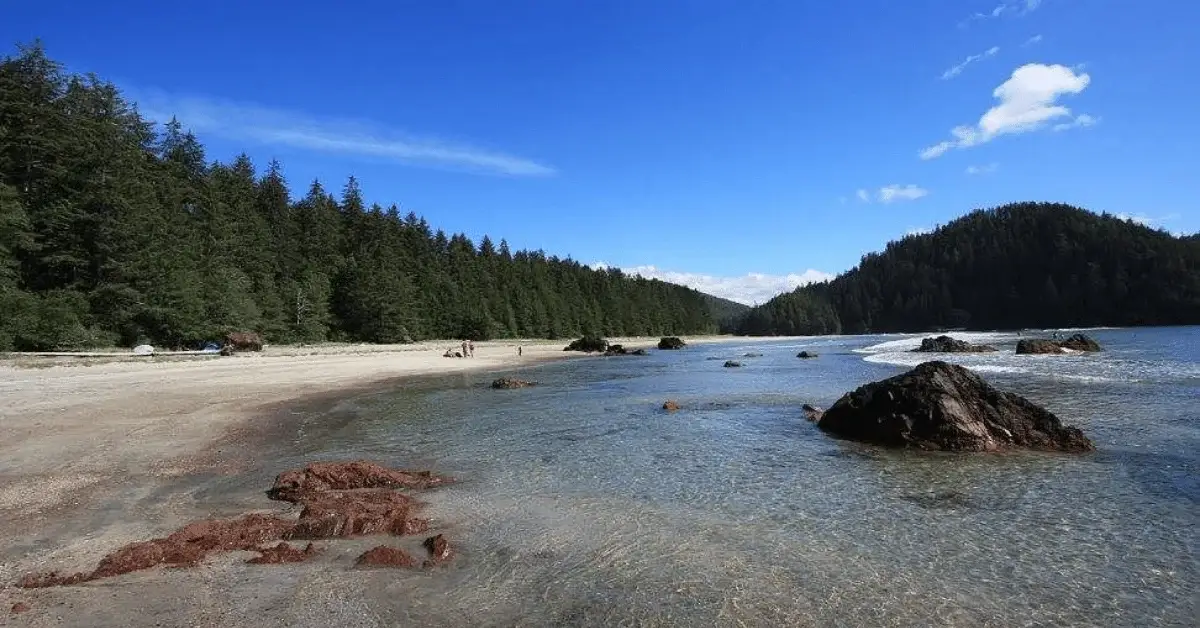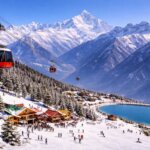
The Ultimate Guide to Har Ki Dun Trek: Everything You Need to Know Before You Go

Uttarakhand is a beautiful place, famous for its natural bounty and tranquil landscapes. It provides a memorable experience for traders as well as mountain enthusiasts. The Har Ki Dun Trek is all about experiencing the beauty of trekking in the Garhwal region in the Himalayas. At the beginning of this great trip, one is surrounded by spectacular peaks—besides being amidst vibrant wildflowers and rich biodiversity belonging to Govind National Park.
It is on this trek that one taps in spiritually with the Har Ki Dun location. This guide has all the details. Find itineraries in detail, tips, and advice to prepare for, as they say, an experience of a lifetime.
Discover an unparalleled world of natural beauty and make memories during the Har Ki Dun Trek, Uttarakhand.

What Makes the Har Ki Dun Trek Unique
To break free from your daily routines, the Har Ki Dun Trek offers more than just a hike; it’s an experience that stays with you forever. Dedicated trekkers seize this chance because it’s a place where you can uncover a hidden spiritual aura within yourself. Har Ki Dun is a destination of surreal beauty where the adventure goes beyond trekking. You can also enjoy bird watching, camping, and photography. Discover what makes Har Ki Dun the perfect spot for a trek and why it’s a must-visit for nature enthusiasts.
- Har Ki Dun Scenic Beauty
The beauty of the Har Ki Dun Trek is truly enchanting, leaving you spellbound and creating unforgettable memories. This stunning destination offers vibrant scenery throughout the year. In spring, the area is covered with colourful flowers, while in winter, it transforms into a snowy wonderland. Each season reveals a new aspect of its beauty, making the Har Ki Dun Trek a remarkable experience no matter when you visit.
- Har Ki Dun is Heaven to trek
The Har Ki Dun Trek is considered easy to moderate, making it accessible for most people. As you start your trek, you’ll encounter charming old-world villages steeped in local culture and history. These picturesque villages add an extra layer of fascination, making the journey even more intriguing for young trekkers and seasoned hikers alike.
- Har Ki Dun Biodiversity
The Har Ki Dun Trek features rich and diverse biodiversity, showcasing a variety of flora and fauna. This makes it an excellent opportunity for wildlife enthusiasts to observe and photograph different species, from vibrant birds to graceful deer. Whether you’re an avid nature lover or a casual explorer, the trek offers a chance to experience and capture the beauty of its wildlife.
- Cultural Experience of Har Ki Dun
The Garhwal region, where the Har Ki Dun Trek is located, is home to the Garhwali people. They have a rich culture and vibrant customs that are deeply embedded in their daily lives. As you trek, you’ll have the opportunity to learn about their traditions, sample their local foods, and experience their unique lifestyle. This is a wonderful chance to expand your understanding of different ethnicities and immerse yourself in the local culture.
- Adventure and exploration of Har Ki Dun
Creating lasting memories is essential on any adventure, as they keep you connected to the experience. The Har Ki Dun Trek offers plenty of opportunities to make unforgettable memories. Enjoy camping with friends, capturing stunning photographs, and exploring picturesque spots like Jaundhar Glacier, Swargarohini Peak, and Ruinsara Lake. This trek provides a chance to explore beautiful locations, find peace, and connect with your true self.
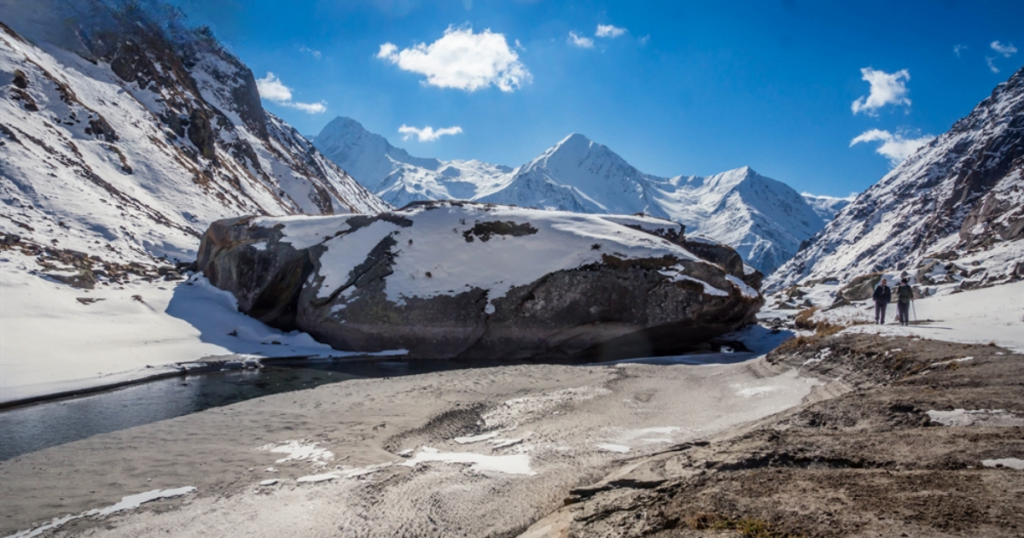
Har Ki Dun Trek Itinerary
Day 1: Dehradun to Sankri (2000m, Drive/200 Kms/6-7 hrs)
We left Dehradun and drove to Sankri, passing through Mussoorie. We stopped for lunch on the way. The drive was beautiful, with sections of pine forests. Upon reaching Sankri, we checked into a hotel with great views. Sankri is a charming village. We took an evening walk to stretch our legs for the upcoming trek. We watched the sunset behind the Himalayan peaks, including the tall Swargarohini. Swargarohini has historical significance, which we will explore later.
Day 2: Sankri (2000m) to Taluka to Seema (2560m, Drive 40 mins & Trek/15 kms/5-6 hrs)
We began the day with a short, scenic drive to Taluka, where our trek started. The hike took us through beautiful mixed forests along the Supin River. The forest is rich with wildlife, making it a paradise for bird watchers and nature lovers. The path was mostly moderate, with a few steep sections. This region has a unique, ancient culture that we experienced firsthand. We crossed several villages and saw their distinctive house styles. We reached Seema, a small marketplace, and camped in fields by the riverside.
Day 3: Seema (2560m) to Har-Ki-Dun (3566m, Trek/5-7 hrs)
After breakfast, we crossed the Supin River and climbed steeply to warm up for the day’s hike. The views of the Swargarohini peaks were spectacular. According to folklore, the Pandava brothers from the “Mahabharata” used this route to enter heaven. The trail to Har-Ki-Dun gradually ascended, with a few steep parts. Har-Ki-Dun is truly a paradise, with vast camping grounds visible beneath the Swargarohini-1 peak.
Day 4: Har-Ki-Dun (3566m) to Jaundhar Glacier (4300m) and back (Trek/7-8 hrs)
The Jaundhar Glacier offered breathtaking high mountain scenery. This stark contrast to the lush Har-Ki-Dun was stunning. We enjoyed magnificent views of the glacier and captured them on camera before heading back to Har-Ki-Dun. We camped at Har-Ki-Dun for the night.
Day 5: Seema (2560m) to Taluka to Sankri (2000m, Trek/3-4 hrs & Drive/40 mins)
In the morning, we trekked back from Seema to Taluka. From there, we drove to Sankri. We enjoyed a warm bath and a delicious dinner at our hotel, where we stayed overnight.
Day 6: Seema to Taluka to Sankri (Trek/4-5 hrs)
After a hearty breakfast, we trekked down to Taluka. Our vehicles were waiting to take us to Sankri. We checked into our hotel, had a warm bath, and then participated in a feedback session with Shri. We ended the day with an amazing dinner.
Day 7: Sankri to Dehradun (Drive/200 Kms/6-7 hrs)
After breakfast, we drove back to Dehradun. We made a brief stop at Mussoorie, a popular hill station. The drive from Mussoorie to Dehradun took about an hour. From Dehradun, we took a bus back to Delhi.
What time is the best time to visit Har Ki Dun Trek?
- Summer (April to June): During summer, you’ll experience the beauty of blooming flowers and their delightful scents. The pleasant weather invites you to pause and savour the moment.
- Post-Monsoon (September to November): This season brings clear skies and vibrant nature. The views are crisp and beautiful, perfect for enjoying the outdoors.
- Winter (December to March): Winter is a favourite for many trekkers. It transforms the landscape into a snowy wonderland. However, this season requires careful preparation and the right equipment to handle the cold and snow.

What Preparation Do You Need for the Har Ki Dun Trek?
Physical Fitness:
- Prepare yourself physically for the trek by focusing on strength training.
- Include exercises like leg stretches, squats, and lunges in your routine.
- Incorporate yoga to help prevent injuries and improve flexibility.
Gear and Equipment:
- Be ready for various weather conditions by packing appropriate clothing. You’ll need a thermal jacket, waterproof jacket, trekking pants, warm socks, gloves, and sunglasses.
- Choose waterproof and sturdy trekking boots. Your backpack should be 50–60 litres in size.
- Don’t forget trekking poles, a headlamp, water bottles, a first-aid kit, and a sleeping bag.
Permits and Documentation: Ensure you carry all necessary permits and documentation.
Safety Tips of Doing Har Ki Dun Trek
- Stay Hydrated: Drink plenty of water to prevent high-altitude sickness and stay healthy throughout your trek.
- Pack Light: Keep your backpack light by avoiding unnecessary items. Trekking requires physical strength, so minimise the weight you carry.
- Hire a Guide: A guide can help you stay mentally strong and navigate the route smoothly, making your trek more enjoyable and safe.
- Leave No Trace: Follow this principle to minimise your impact on the environment and preserve the natural beauty for others.
Cost breakup for Har Ki Dun Trek
Cost Breakdown
- Return Bus Tickets (Del-Dehradun-Del): Rs 1000
- Trek Cost: Rs 13,000 (includes all expenses)
- Miscellaneous Expenses: Rs 1000
Note – Prices can vary depending upon seasons and time so please do not take this as the final price.
Har Ki Dun in June was incredibly beautiful, with lush greenery comparable to Switzerland. The pictures will speak for themselves. I highly recommend this trek, and it’s especially enjoyable when done with kids.


